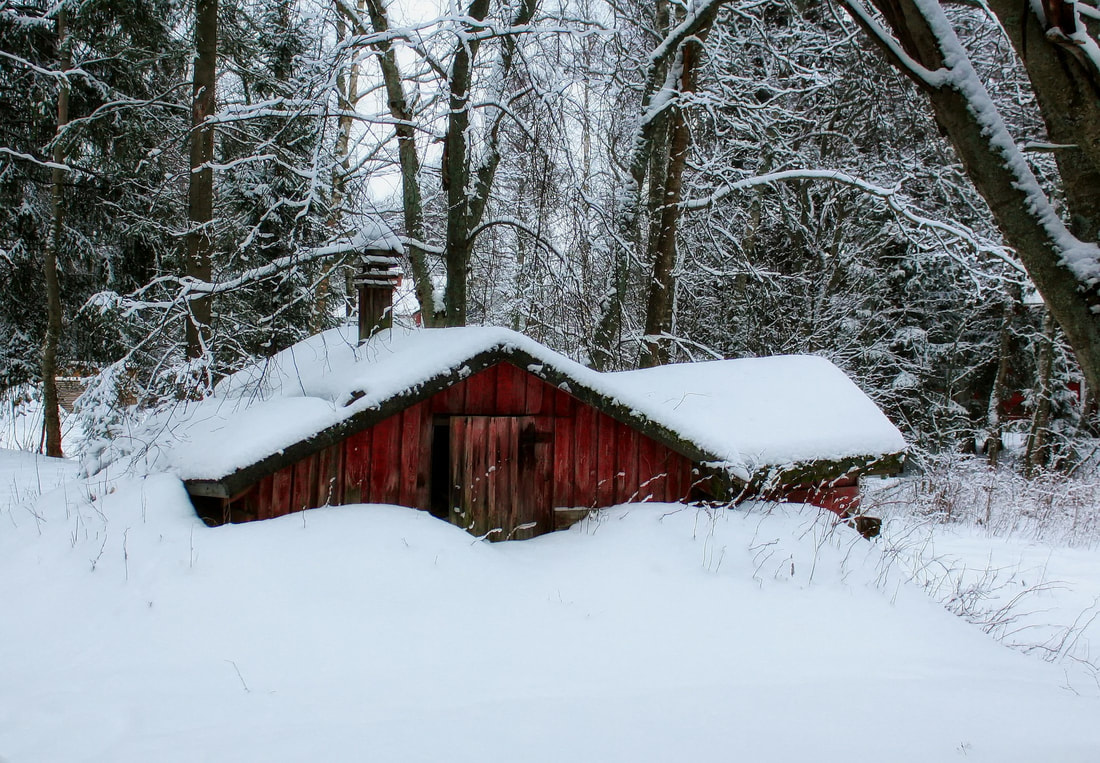|
My apologies for being so late posting my blog today. My whole afternoon schedule has been thrown out the window, albeit for a good reason. I just finished final revisions on one of my manuscripts It took longer than I thought it would and I sat in my writing chair longer than I planned.
Some time back, I discovered an interesting list of different methods used to keep perishable food cold, pre-electricity. Here are some of the more common methods: Underground I am probably not the only person reading this who has seen a root cellar. These were a common way of keeping food cool in the summer for hundreds of years. The house I lived in during most of the 80's and 90's still had the cellar doors outside. However, the concept of using cooler temperatures below the ground pre-dates pioneer root cellar ingenuity. People in the past also used caves if there were any nearby, and sometimes water wells if there weren’t. Pitchers of milk, cheese and meat were tucked into the cave or hung on ropes deep in a well. Running Water Running water is cooler than standing water because the additional water surface exposed to the air causes more evaporation. Since early settlers generally built their homes near a water source, this often gave them a ready-made place to set their perishable food to keep it cold. (As long as it was in a container to keep something else in the river from eating it.) Evaporating Water A running stream isn’t needed to produce evaporation. Anything wrapped in wet fabric and then placed where a breeze would hit it would be cooled down as the water in the wet fabric evaporated. (This didn’t work as well in a humid climate, but worked well in more arid areas.) Zeer Pot This method is actually still used in some parts of the world. It is a primitive type of refrigerator created by placing a smaller unglazed clay pot inside a large unglazed pot, then filling the space between the two pots with sand. Food was placed in the smaller pot. Once water was poured over the sand, it would soak through the clay pots. The water which reached the outer surface of the larger pot would evaporate, thereby producing the same cooling effect as mentioned above. A zeer pot could be recreated today by placing a medium-sized clay flower pot inside a larger one and then finding something to use as a cover. Ice Box This is the most recent pre-refrigeration method of keeping food cold. Your grandparents probably remember using one. An ice box looked much like a small refrigerator with no motor. Ice which had been harvested during the winter for this purpose would be placed in the top compartment of the ice box, and food was placed on lower shelves. The heavier cold air surrounding the ice sank down and circulated around the food on the shelves. Instant refrigeration. To me, one of the intriguing things about these methods is how easy it would be for any of us to try them ourselves. I am not suggesting we unplug our refrigerators, but it might be fun to experiment with one or more method to see how well it worked. (Not that most of us need to worry about keeping food cold in current temperatures outside, but it might be a fun thing to do with children when the weather warms up.) If you do try one of these methods, I would love to hear how it worked for you. Until next week – stay warm!
2 Comments
Welcome back to my blog after the holiday break. I hope you all had a lovely end of 2017. Now that we have started a new year, it is also time for one of my regular features – it's time to take a peek at another unusual house, and wonder what stories it could tell if the walls could talk. In honor of the cold weather chilling most of the country right now, I chose a corresponding winter scene. This picture, once I get past the cold sensation it produces, raises all sorts of questions for me. How does one prepare for winter in a place where the snow nearly covers the house? If the owners can leave the house, how do they get around? And on those long days when they can’t leave the house, what do they do all day? Although, I imagine staying warm and fed could consume all available time if this house is as isolated as it appears.
The possibility of children also living in this house raises even more questions. What to the children do on snowy days like this? Do they manage to go outside and burn off energy sledding or with snowball fights? Or are they stuck inside, bouncing off the walls all day? Poor parents, if that is the case. If these walls could talk, I think they would simply release a heavy sigh and wish for warmer weather. Just like the rest of us. What do you think? |
AuthorI write historical fiction, and I invite you to share the journey to published author with me. Archives
December 2022
Categories |

 RSS Feed
RSS Feed
